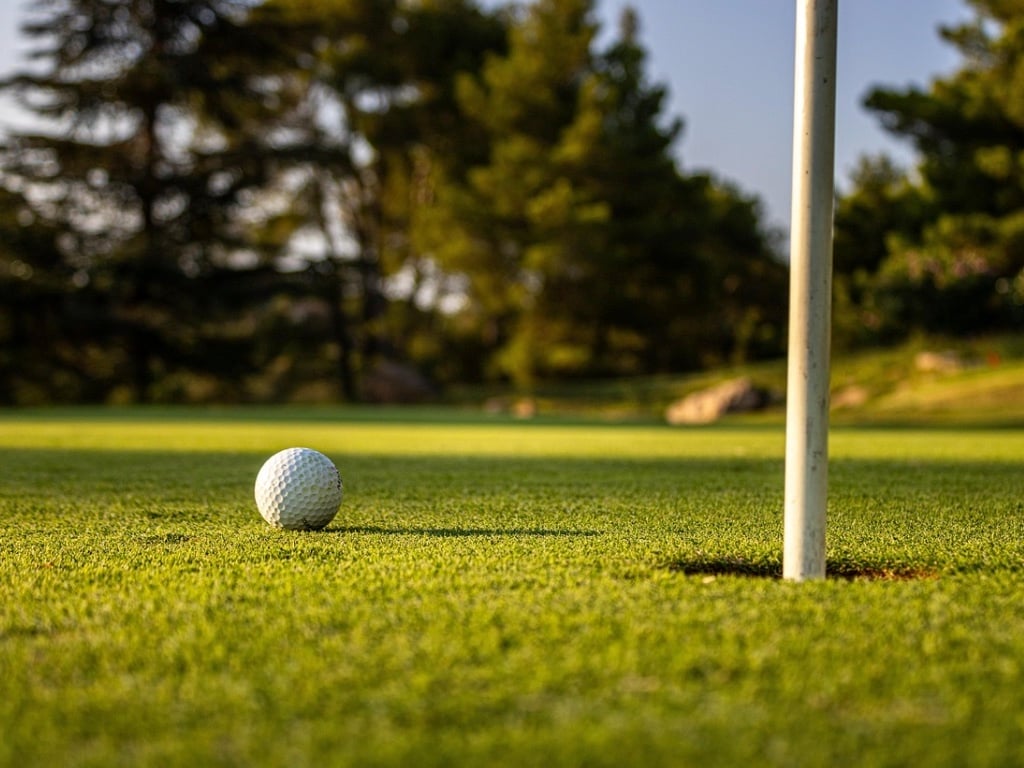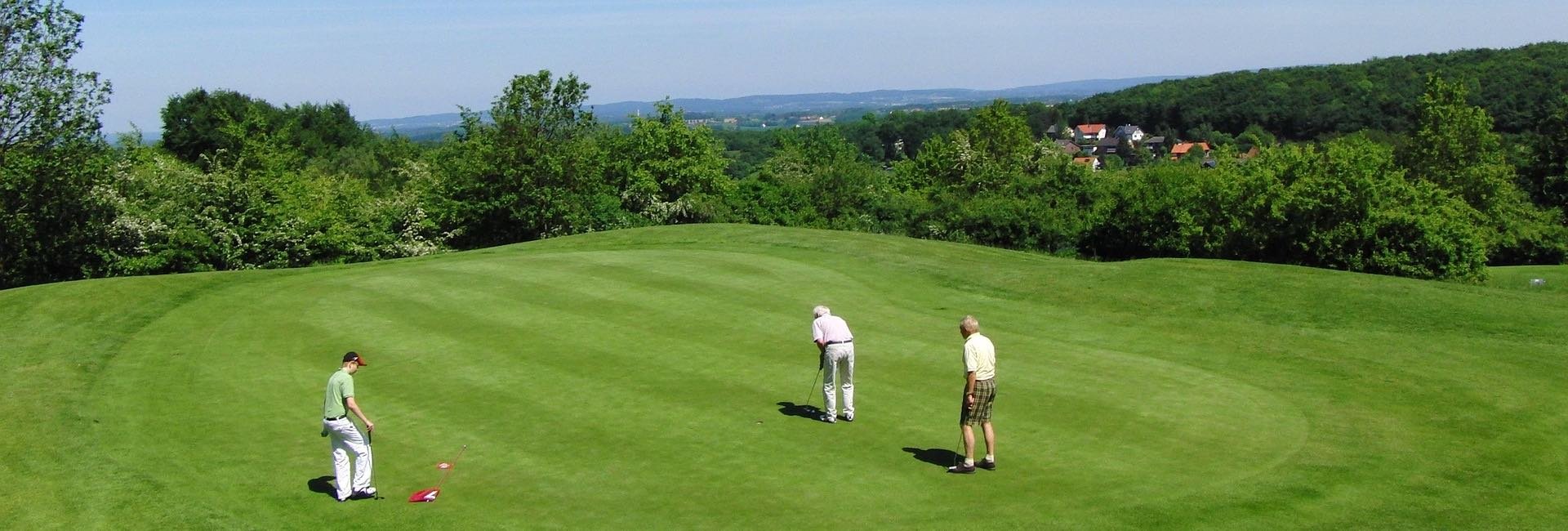
What is the Proper Golf Dress Code?

What is the Proper Golf Dress Code?
Golf has long been distinguished by its emphasis on tradition, respect, and presentation. Among the many customs that define the game, proper attire stands as one of the most visible expressions of golf's commitment to maintaining standards and showing respect for the sport, fellow players, and the facilities where the game is played. Understanding and adhering to golf dress codes isn't about conformity or exclusion—it's about participating in a tradition that reflects the game's values of respect, professionalism, and attention to detail.
The significance of proper golf attire extends far beyond mere appearance. When you dress appropriately for golf, you demonstrate respect for the game's traditions, show consideration for other players and club members, and contribute to the overall atmosphere that makes golf special. Your clothing choices communicate your understanding of golf culture and your commitment to upholding the standards that have helped preserve the game's character across generations.
Modern golf fashion has evolved considerably while maintaining its core principles of neatness, appropriateness, and functionality. Today's golf attire successfully balances tradition with contemporary style, comfort with presentation, and individual expression with collective standards. This evolution reflects golf's ability to adapt while preserving its essential character.
The Philosophy Behind Golf Dress Codes
Golf dress codes exist for reasons that go deeper than arbitrary rules or exclusivity. They reflect the game's emphasis on respect—for the course, for fellow players, and for the traditions that have shaped golf culture. When everyone adheres to similar standards of dress, it creates an atmosphere where players can focus on the game itself rather than being distracted by inappropriate or distracting attire.
The concept of "golf appropriate" attire also acknowledges that golf is often played in settings that serve multiple purposes. Many golf courses host business meetings, social events, and family gatherings alongside regular play. Maintaining dress standards ensures that the environment remains welcoming and appropriate for all these various uses.
Furthermore, proper golf attire serves practical purposes. Golf-specific clothing is designed to allow for the full range of motion required by the golf swing while providing protection from sun, wind, and other elements. The emphasis on neat, well-fitted clothing helps ensure that attire doesn't interfere with play or become a distraction during the round.

Men's Golf Attire
The foundation of men's golf attire centers around collared shirts, appropriate pants or shorts, and proper footwear. Collared shirts remain the standard at most golf facilities, whether polo shirts, button-down shirts, or golf-specific designs. These shirts should fit properly—neither too tight nor excessively loose—and be tucked in when wearing traditional golf pants or shorts.
Golf pants traditionally consist of khakis, dress pants, or golf-specific trousers in conservative colors. Modern golf pants often incorporate technical fabrics that provide stretch, moisture-wicking properties, and UV protection while maintaining a neat appearance. The fit should be comfortable enough to allow for a full golf swing while appearing well-tailored and professional.
Golf shorts have gained widespread acceptance at most courses, though length requirements typically specify that they should reach mid-thigh or longer. Board shorts, athletic shorts with elastic waistbands, or shorts with cargo pockets generally don't meet golf course standards. Like pants, golf shorts should fit properly and be made from appropriate materials that look neat and professional.
Footwear represents a crucial element of golf attire, both for performance and appearance. Traditional golf shoes with soft spikes or spikeless designs provide the traction needed for stable footing during the swing. Many courses also accept clean athletic shoes, though some maintain requirements for golf-specific footwear. Sandals, flip-flops, or bare feet are universally inappropriate for golf course play.
Women's Golf Attire
Women's golf attire offers more variety while maintaining the same principles of appropriateness and functionality. Collared shirts remain popular, but golf-appropriate sleeveless tops, mock turtlenecks, and other designs specifically made for golf are widely accepted. The key considerations are that tops should have sleeves or be specifically designed for golf, provide appropriate coverage, and maintain a neat, athletic appearance.
Golf skirts, skorts, pants, and shorts all fall within acceptable women's golf attire when they meet length and fit requirements. Skirts and shorts should typically reach mid-thigh or longer, though specific requirements vary by facility. The emphasis remains on neat, well-fitted clothing that allows for comfortable movement during the golf swing.
Many courses have relaxed restrictions on sleeveless tops for women, particularly those designed specifically for golf. However, tank tops, halter tops, or other revealing styles generally remain inappropriate. When in doubt, choosing clothing with sleeves or bringing a light jacket or cardigan provides flexibility for varying dress code requirements.
Women's golf shoes follow similar guidelines to men's, with golf-specific footwear being preferred or required at most facilities. The variety of women's golf shoes has expanded dramatically, offering options that combine performance with fashion while meeting course requirements.

Seasonal and Weather Considerations
Golf is played year-round in many climates, requiring attire that adapts to various weather conditions while maintaining course standards. Summer golf emphasizes lightweight, breathable fabrics and sun protection. Light-colored clothing helps reflect heat, while longer sleeves can provide better sun protection than short sleeves despite seeming counterintuitive.
Cold weather golf requires layering strategies that keep players warm while allowing for full range of motion. Golf-specific outerwear includes jackets designed to accommodate the golf swing, often with special features like stretch panels or articulated sleeves. Base layers, mid-layers, and outer shells should all coordinate to maintain a neat appearance while providing necessary warmth.
Rain gear represents a special category of golf attire, with waterproof jackets and pants designed specifically for golf. These items should fit over regular golf attire while maintaining freedom of movement and professional appearance. Many facilities have specific guidelines about rain gear and when it's appropriate to wear it.
Understanding Different Course Requirements
Golf course dress codes can vary significantly depending on the type of facility, its membership structure, and regional customs. Private country clubs often maintain the most stringent dress codes, sometimes requiring long pants year-round or prohibiting certain colors or styles. Understanding these requirements before arriving helps ensure you're properly prepared for your round.
Resort courses and daily-fee facilities typically have more relaxed dress codes while still maintaining basic standards of appropriate golf attire. However, even these courses usually require collared shirts, appropriate pants or shorts, and proper footwear. Some may have restrictions on denim, regardless of style or condition.
Municipal courses and beginner-friendly facilities often have the most flexible dress codes, though they still typically maintain basic standards of appropriate attire. These venues recognize that not all players have extensive golf wardrobes and try to balance accessibility with maintaining appropriate standards.
Footwear Specifics and Requirements
Golf shoes serve both functional and aesthetic purposes in proper golf attire. Modern golf shoes provide the traction needed for stable footing during the swing while meeting appearance standards expected on golf courses. Soft spikes or spikeless designs have largely replaced traditional metal spikes while providing excellent performance.
Many courses require golf-specific footwear, though some accept clean athletic shoes in good condition. The key considerations are that shoes should provide appropriate traction, be clean and in good repair, and complement the overall golf outfit appropriately.
Socks might seem like a minor detail, but they contribute to overall presentation. Golf socks should coordinate with the outfit and be appropriate length for the chosen footwear. Avoiding athletic socks with bold colors or logos helps maintain the refined appearance expected in golf settings.
Conclusion - Acceptable Golf Attire
Proper golf attire represents more than following rules—it demonstrates respect for golf's traditions, consideration for fellow players, and understanding of the sport's cultural values. By dressing appropriately for golf, you contribute to maintaining the atmosphere that makes golf special and welcoming for all participants.
The evolution of golf fashion shows that tradition and modernity can coexist successfully. Today's golf attire offers more comfort, functionality, and style options than ever before while preserving the neat, respectful appearance that defines appropriate golf dress.
Understanding and following golf dress codes ultimately enhances your enjoyment of the game by ensuring you feel confident and appropriate in any golf setting. Whether playing at your local municipal course or visiting prestigious private clubs, proper attire helps you focus on golf itself rather than worrying about whether your appearance meets expectations.


